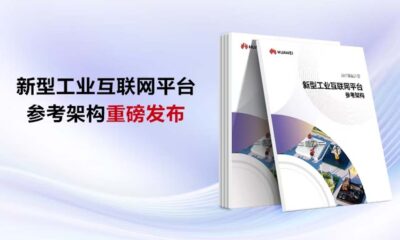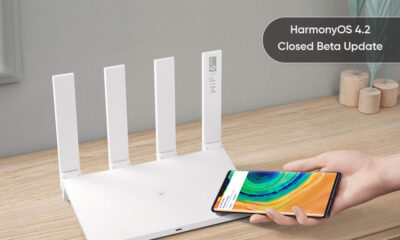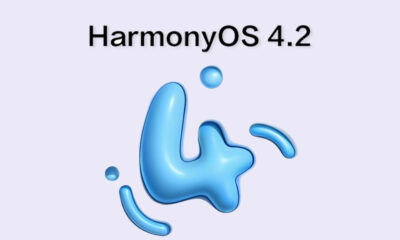EMUI
EMUI

Initially launched as Emotion UI, Huawei EMUI is an Android-based custom user interface developed by Huawei for its mobile devices. On the other hand, EMUI’s re-branded version is called Magic UI and comes on Honor smartphones.
Huawei has been using this custom Android user interface since 2012 and soon it’ll unveil the 11th version of the EMUI. There’s a broad history of EMUI, so here you can check the complete bloodline fo the entire EMUI system.
EMUI History:
EMOTION UI 1.0:
On December 30, 2012, Huawei introduced the first Huawei Mobile Operating System version, Emotion UI 1.0, which is based on Android 4.0. This version features voice assistant, customizable home screen and users can switch themes according to their preferences.
Huawei Ascend P1 was the first phone to get this software.
EMUI 3.0:
On September 4, 2014, Huawei switched the software name from “Emotion UI” to “EMUI” and launched EMUI 3.0 (Android 4.4 and above) along with Huawei Ascend Mate 7 at the pre-IFA event in Berlin.
Since then, this Android-based user interface called EMUI instead of Emotion UI. With this launch, Huawei also introduced its own App Store.
EMUI 4.0:
In 2015, Huawei launched EMUI 4.0 on Huawei Mate 8. This OS came with a redesigned interface based on Android 6.
EMUI 5.0:
In 2016, Huawei launched EMUI 5.0 with Huawei Mate 9 flagship.
Removed Firmware Images Support:
In 2017, Huawei removed ROM Images from the official website and shifted all users to over-the-air (OTA) updates.
EMUI 8.0:
In late 2017, Huawei skipped EMUI version 6.0 and 7.0 and jumped directly to EMUI 8.0 and pre-installed on Huawei Mate 10 series. The EMUI 8.0 is based on Android 8.
EMUI 8.1:
In Early 2018, Huawei launched EMUI 8.1 with Huawei P20 series, based on Android 8.1. It brought a new gaming performance feature called GPU Turbo. These new features and user interface changes.
EMUI 9.0:
At IFA 2018 event, Huawei introduced EMUI 9.0 based on Android 9. It brings new features such as a gesture navigation system, making the interface more reachable, reorganizing the settings menu, introducing Digital Balance dashboard, GPU Turbo 2.0. Huawei Mate 20 series was the first to come pre-installed with this EMUI version.
EMUI 9.1:
In Early 2019, Huawei launched the Huawei P30 series pre-equipped with EMUI 9.1, an update over the existing EMUI 9 but with more added features, such as GPU Turbo 3.0, EROFS file system, OneHope file sharing, Huawei CarKey, Phone Clone, AR Measure, and more.
This EMUI version has also improved the EMUI ecosystem.
EMUI 10:
On August 9, at Huawei Developer Conference 2019 (HDC 2019) Huawei launched EMUI 10 based on Android 10. With this version, Huawei reinvented the whole user interface and introduced a new Magazine style UI, Morandi color system, Golden Ratio icon, Colorful AOD, Redesigned Camera app layout, New fluid animation effects, and the most popular Dark Mode.
Huawei Mate 30 series was the first smartphones to come pre-installed with EMUI 10.0 but Huawei had already started EMUI 10.0 beta testing with the Huawei P30 series ahead of Mate 30 launching.
EMUI 10.1:
In early 2020, Huawei launched the Huawei P40 series with EMUI 10.1. This EMUI version has MeeTime calling, Multi-screen collaboration, Huawei share, Cast+ wireless projection, Sound Booster, Cross-Device Photo gallery, Celia Voice assistant, New Themes, Multi-Window Multi-Tasking, more improved security.
In April 2020, Huawei announced EMUI 10.1 beta program for Huawei P30 and Mate 30 devices, which later expanded to even more Huawei smartphones.
EMUI 11:
On September 10, 2020, Huawei announced EMUI 11, the version is based on Android 10 but the company said it’ll take some of the features from Android 11.
Initially, Huawei started EMUI 11 beta for Huawei P40, Mate 30, MatePad Pro series in China but the company has rushed ahead and opened the beta program for global customers.
Check the complete EMUI 11 round-up here.







